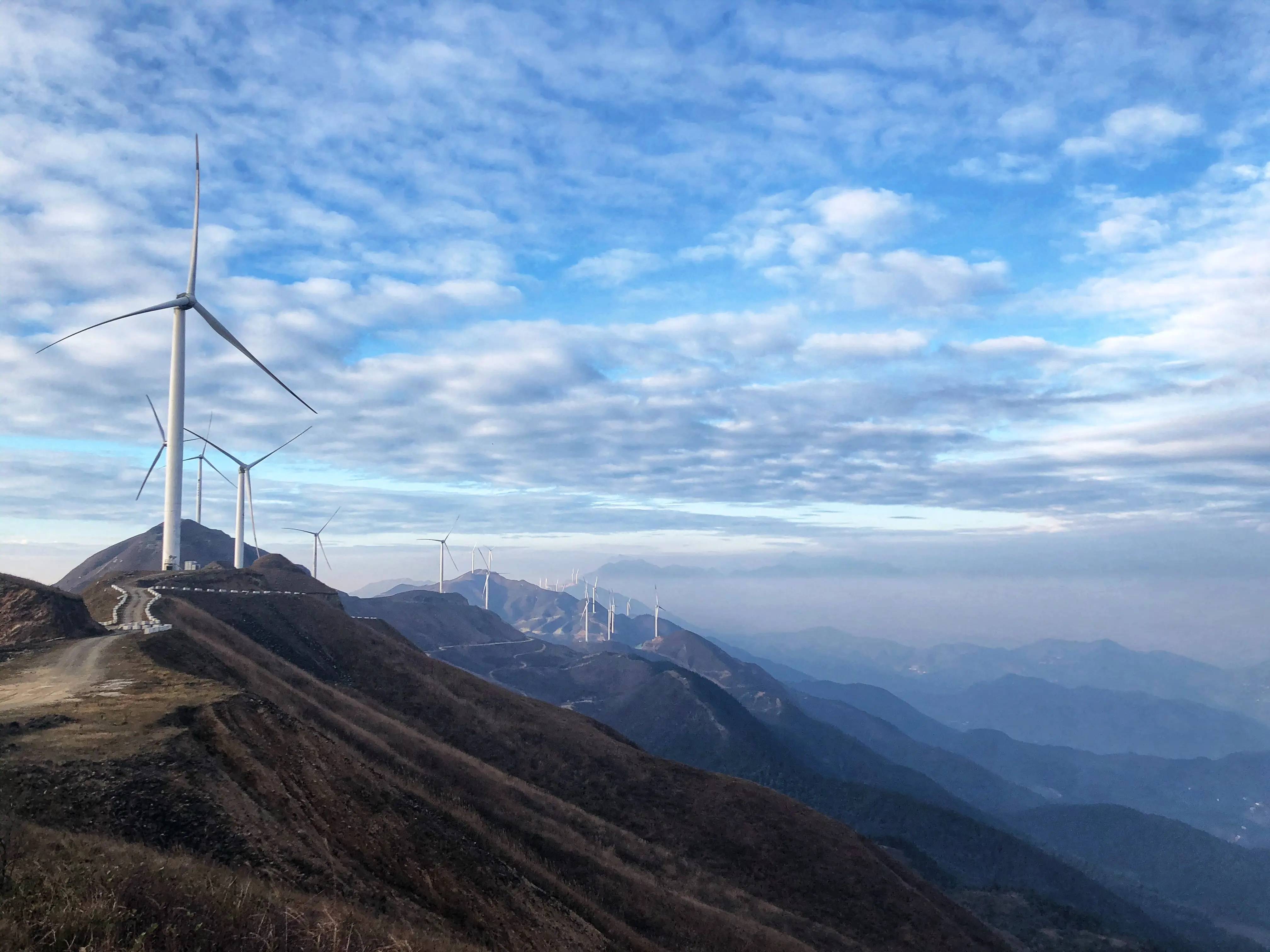
ม.ค. . 27, 2024 16:38 กลับไปที่รายการ
ไมโครกริด: ความคิดที่ว่าเวลาไหนมาถึงแล้ว?
ในขณะที่ประชากรโลกยังคงเติบโต ความต้องการไฟฟ้าก็เพิ่มขึ้น อย่างไรก็ตาม มีความท้าทายหลายประการที่ต้องแก้ไข ปัจจุบัน ผู้คนมากกว่าพันล้านคนทั่วโลกไม่สามารถเข้าถึงโครงข่ายพลังงาน รวมถึงผู้คนราว 200,000 คนในแคนาดาที่ไม่ได้เชื่อมต่อกับโครงข่ายไฟฟ้าและระบบท่อส่งก๊าซธรรมชาติในอเมริกาเหนือ
ภัยพิบัติทางธรรมชาติและเหตุการณ์สภาพอากาศที่รุนแรงยังทำให้การจ่ายไฟหยุดชะงัก นำไปสู่การไฟฟ้าดับครั้งใหญ่ซึ่งอาจกินเวลานานหลายวัน ยิ่งไปกว่านั้น เมื่อส่วนประกอบหนึ่งของระบบส่งกำลังล้มเหลว อาจส่งผลกระทบต่อโครงข่ายทั้งหมด ส่งผลให้เกิดไฟฟ้าดับในวงกว้าง
To tackle these issues, the concept of microgrids has gained popularity. A microgrid is a energy system that can operate independently or in conjunction with larger grids. It contains all the necessary components to provide electricity to a specific community, typically serving a smaller population of around a thousand or a few hundred people. This approach decentralizes the power supply generation and distribution process, making it more resilient and less prone to grid failures.
Unlike large-scale energy grids that connect buildings to central power supply sources like coal, nuclear, and gas plants, a microgrid functions as an isolated island. This independence can prove beneficial during crises such as storms or outages. Many microgrids utilize a combination of renewable energy sources and batteries, with natural gas serving as backup. While microgrid power supply is not necessarily more reliable, communities located far away from larger power sources can benefit from the localized control and ownership of electricity generation.
ตัวอย่างที่โดดเด่นอย่างหนึ่งของไมโครกริดคือไมโครกริดที่สร้างขึ้นในเมืองเซนได ประเทศญี่ปุ่น เมื่อกว่าทศวรรษที่แล้ว ไมโครกริดนี้ใช้พลังงานจากพลังงานแสงอาทิตย์ ก๊าซ และที่เก็บแบตเตอรี่ผสมกัน ในช่วงที่เกิดสึนามิและแผ่นดินไหวครั้งใหญ่ในปี 2011 ไมโครกริดของเซนไดได้จ่ายพลังงานและความร้อนให้กับโรงพยาบาลสำหรับการสอนของมหาวิทยาลัย Tohoku Fukushi เพื่อให้มั่นใจว่าบริการที่สำคัญต่างๆ จะยังคงรักษาไว้ได้แม้ในช่วงที่ไฟฟ้าดับเป็นวงกว้าง
The impacts of power outages on society and the economy are significant, and the climate crisis exacerbates these challenges. Jana Ganion, energy director for Blue Lake Rancheria, an Indigenous reserve in California, emphasizes the urgent need for solutions, stating, "Widespread power outages cause a lot of social and economic damage and destruction. And the climate crisis is making all of this worse." Blue Lake Rancheria successfully launched a solar microgrid in 2015, providing electricity to thousands of people nearby when millions of Californians had their power supply shut off due to wildfire risk.

However, setting up a microgrid can be a costly endeavor, particularly in densely populated urban or suburban areas with existing infrastructure. Consumers tend to stick with what is already in place, and for the majority of Canadians, that means relying on hydroelectric power supply. Nuclear and coal plants are also significant power sources in the country. Raising the necessary capital for building power plants, whether they are traditional or microgrids, is challenging for some countries. The autonomy and self-sufficiency that microgrids offer can be especially relevant in such cases.
มีชุมชนห่างไกลเกือบ 300 แห่งทั่วแคนาดาที่ต้องพึ่งพาไมโครกริดที่ใช้น้ำมันดีเซลเพื่อผลิตกระแสไฟฟ้าเป็นอย่างมาก รัฐบาลกลางแคนาดาตระหนักถึงความจำเป็นในทางเลือกที่เป็นมิตรกับสิ่งแวดล้อม จึงได้ทำงานร่วมกับหน่วยงานระดับภูมิภาคในช่วงทศวรรษที่ผ่านมาเพื่อสำรวจและดำเนินการแก้ไขปัญหาด้านพลังงานที่ยั่งยืนมากขึ้น นอกเหนือจากการจัดหาไฟฟ้าแล้ว ไมโครกริดยังมีบทบาทสำคัญในการเข้าถึงน้ำดื่มสะอาดด้วยการขับเคลื่อนกระบวนการบำบัดอีกด้วย
In conclusion, the global demand for electricity continues to rise, and challenges such as lack of access to energy grids and disruptions caused by natural disasters persist. Microgrids have emerged as a promising solution, offering localized power supply generation and distribution systems that can operate both independently and in conjunction with larger grids. While establishing microgrids can be costly, they provide autonomy and resilience, especially in remote areas or during crises. Exploring greener options, such as renewable energy sources, battery storage, and natural gas backup, can make microgrids even more sustainable and beneficial for communities.
จะถูกลบออกหากมีการละเมิด
เว็บไซต์อ้างอิง:https://www.cbc.ca
-
Wireless DC Charging: The Next Frontier in Contactless EV Power Delivery
ข่าวAug.04,2025
-
Hybrid BMS Energy Controls: Integrating Renewable Energy Sources
ข่าวAug.04,2025
-
Blockchain for Secure and Decentralized EMS Power Systems
ข่าวAug.04,2025
-
AI-Driven for Smart Grids: Energy Management System (EMS)
ข่าวAug.04,2025
-
Advanced Distribution Management System (ADMS) Energy
ข่าวAug.04,2025
-
5G-Enhanced BMS Energy Savings: Ultra-Low Latency Control
ข่าวAug.04,2025























